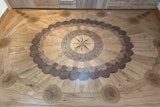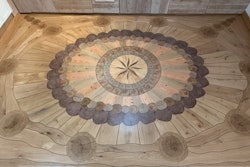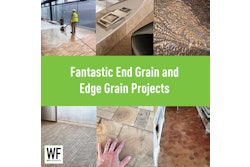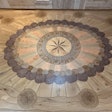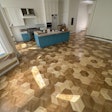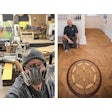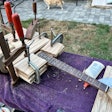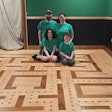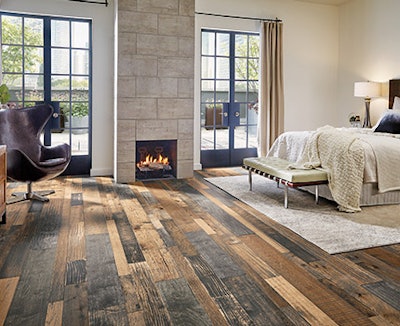
 A floor with texture and a low gloss will hide wear better than a smooth floor with a high gloss. Photo courtesy of Armstrong Flooring.
A floor with texture and a low gloss will hide wear better than a smooth floor with a high gloss. Photo courtesy of Armstrong Flooring.
As a wood flooring designer, what are some of the biggest design mistakes you see made when choosing wood flooring?
Sara Babinski, design manager for hardwood at Lancaster, Pa.-based Armstrong Flooring, answers:
When I hear that question, the first thing that comes to mind isn't about the look of the flooring at all. It's considering what product best suits the environment. For example, I recently talked with three people who had already picked out their flooring based completely on the color, but they chose prefinished solid products. They were in Texas, Florida and Arizona—all markets over slabs, where we would typically recommend using an engineered product.
The second thing I think about isn't necessarily about the look of the flooring, either. It's choosing a product that suits the customer's lifestyle. If the customer has dogs or young children with toys, trucks, tricycles, etc., in the house, you may not want to recommend a smooth surface. You might be better off with some kind of texture to disguise some of the scratches. You can also consider looking at harder species, but I think it's more about having texture in your wood floor, whether that's distressed, wire-brushed or hand-scraped. People should also keep in mind that the higher the gloss, the more apt a hardwood floor is to show damage and dust, especially with pets. For homes with a great potential for wear, they may want to consider a commercial-grade, acrylic-impregnated floor.
Sometimes people think species in the home have to match, but I think it's more a coordination story. There's no perfect answer. If you have an older home where the rooms are smaller and more broken up, you may be able to mix species and colors room to room, keeping in mind less is more! In a newer house with a more open floor plan, mixing species or colors on the floor may interrupt the flow of the room.
Finally, I would suggest choosing a product that reflects the value of the home. I remember visiting a $24 million home … and they had a rotary-peeled engineered floor. That product is perfectly suitable for many houses, but it wasn't for an ultra-high-end home. Wood flooring is not an appropriate place to cut corners on the budget.









